Resources for Virtual Instruction and Online Learning [web resource]
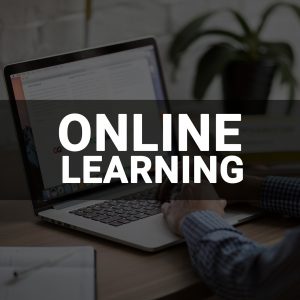 Online professional learning resources are designed to be engaging and practical across a variety of contexts and roles. You deserve a differentiated experience just as much as your students do. Read more ›
Online professional learning resources are designed to be engaging and practical across a variety of contexts and roles. You deserve a differentiated experience just as much as your students do. Read more ›
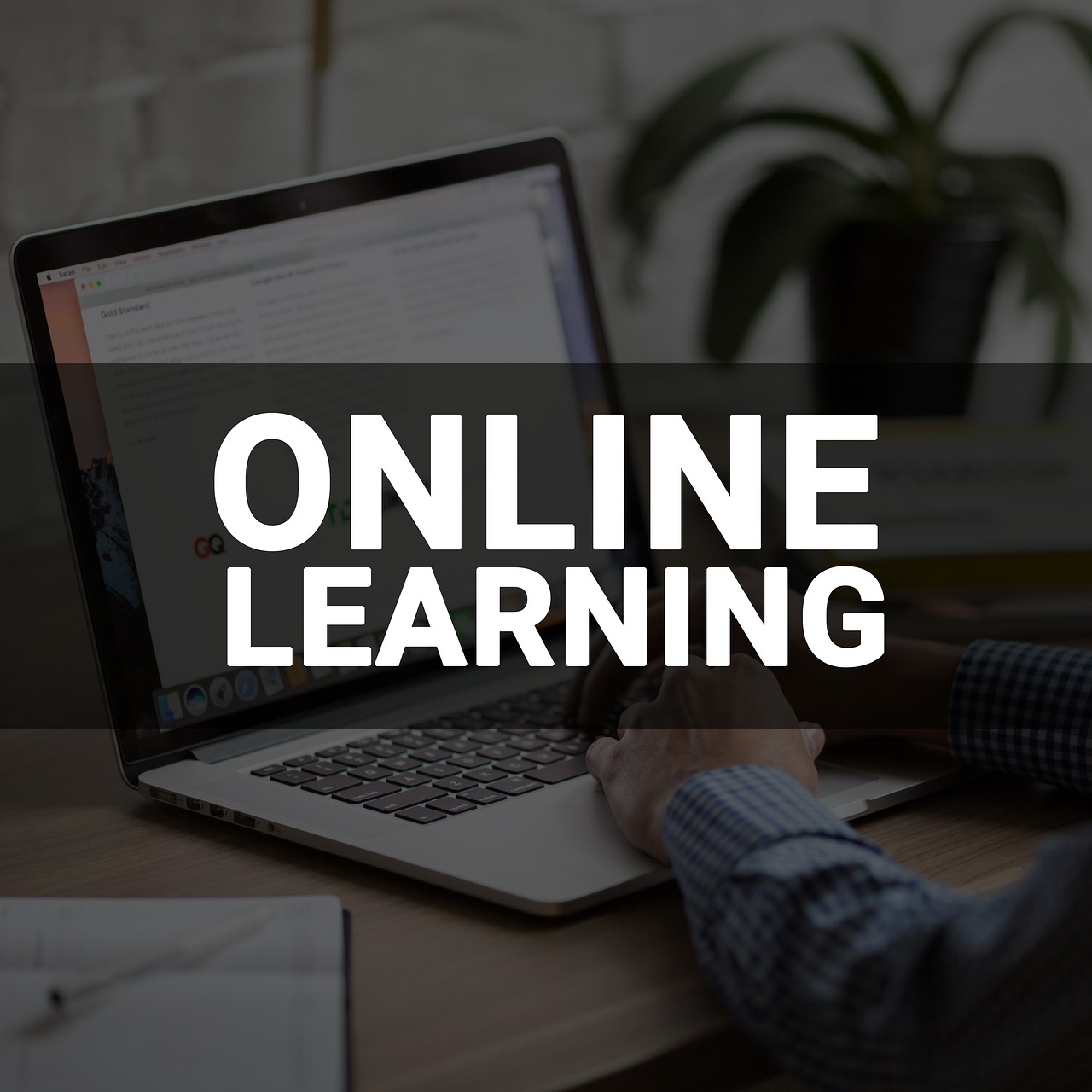
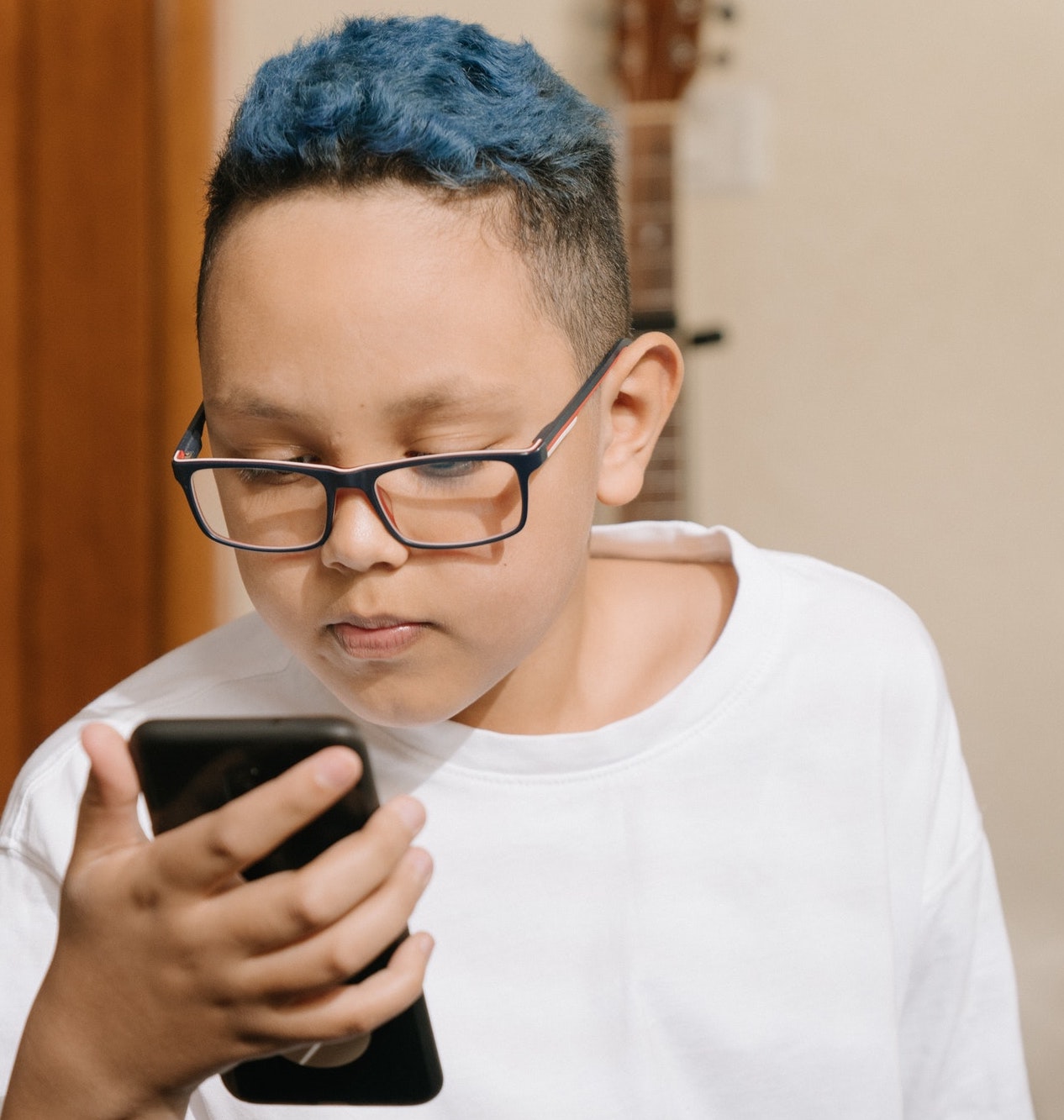
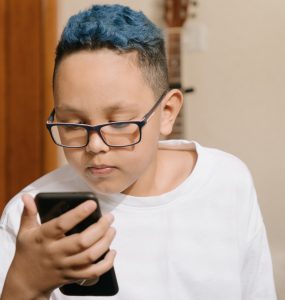 Students these days are distracted. Devices and social-media notifications constantly beckon, and in this time of COVID-19 and widespread remote instruction, the distractions have multiplied. So what are educators to do?
Students these days are distracted. Devices and social-media notifications constantly beckon, and in this time of COVID-19 and widespread remote instruction, the distractions have multiplied. So what are educators to do? 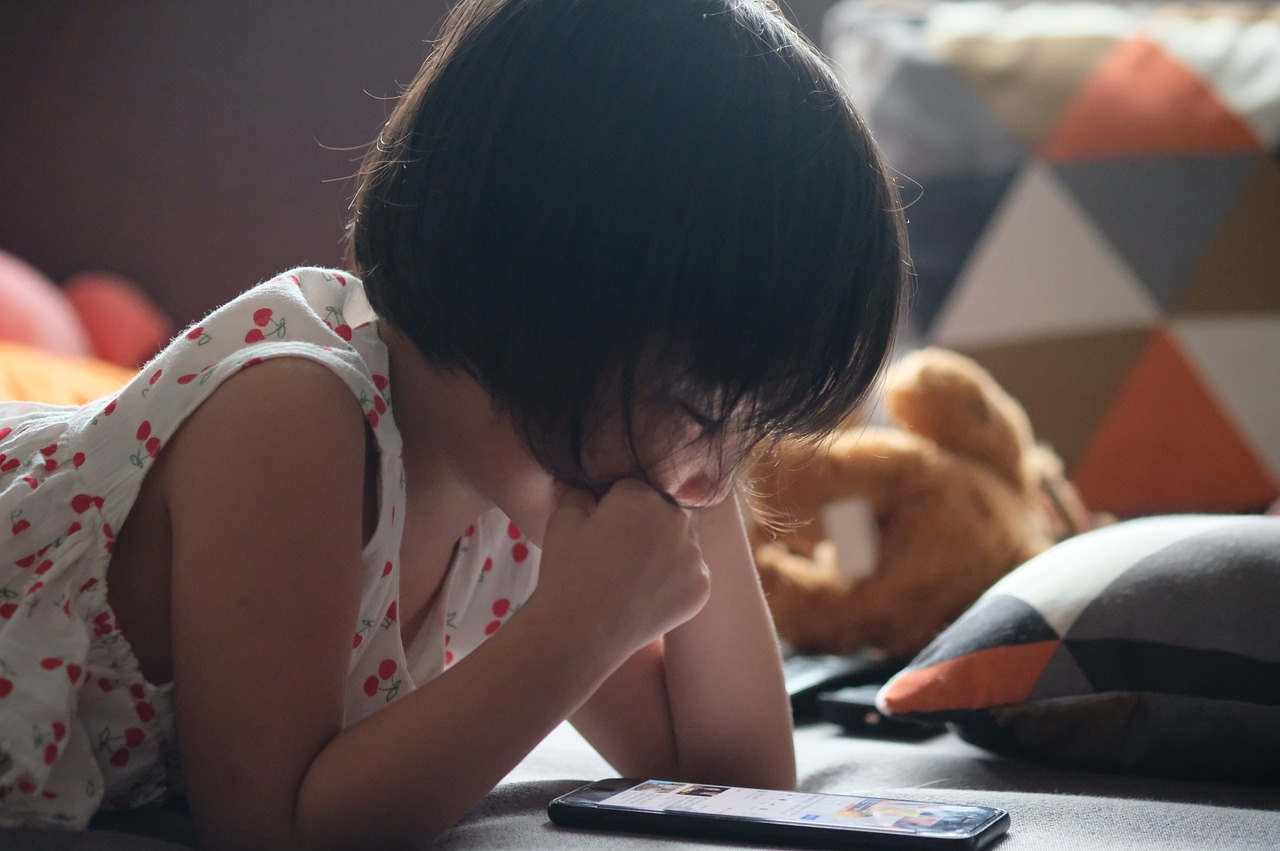
 Over the past six months, educators have found tools that have helped while teaching
Over the past six months, educators have found tools that have helped while teaching 
 The U.S. Department of Education has collected and published best practices and successful strategies employed by schools all over the country as they return America’s students to learning.
The U.S. Department of Education has collected and published best practices and successful strategies employed by schools all over the country as they return America’s students to learning.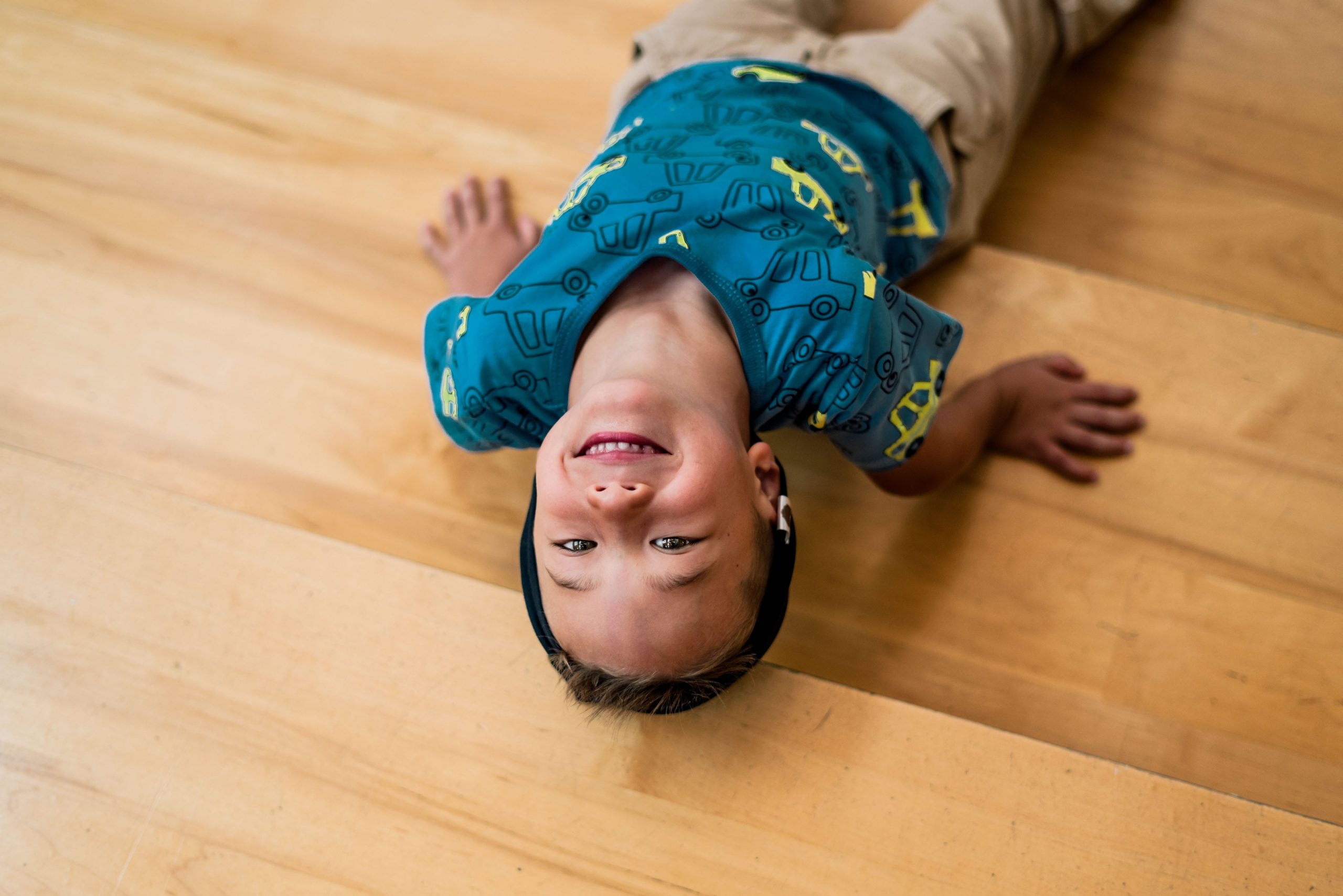
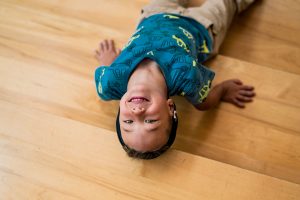 The length of physical activity that health experts recommend students get each day is
The length of physical activity that health experts recommend students get each day is 
 Distance learning is challenging for many learners, but can be even more challenging for students with learning, attention, or social-emotional needs.
Distance learning is challenging for many learners, but can be even more challenging for students with learning, attention, or social-emotional needs.
 Many schools have shifted to what’s been referred to as a “hybrid” model. In this model, some students attend remotely while others attend in-person. Hybrids come in all shapes and sizes — from weekly rotations to alternating half days to a more synchronous or “concurrent” model in which all students are “in class” at the same time, just in two different places.
Many schools have shifted to what’s been referred to as a “hybrid” model. In this model, some students attend remotely while others attend in-person. Hybrids come in all shapes and sizes — from weekly rotations to alternating half days to a more synchronous or “concurrent” model in which all students are “in class” at the same time, just in two different places. 
 Social-emotional learning programs can benefit from adults’ knowledge of their own SEL skills,
Social-emotional learning programs can benefit from adults’ knowledge of their own SEL skills, 
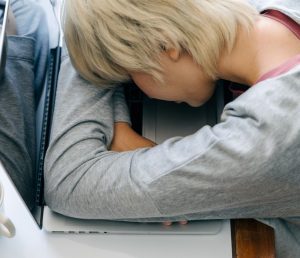 With much of education being delivered in a virtual environment during the pandemic, monitoring students’ mental health is harder, but more critical than ever. Some of the same indicators of distress apply as much in the virtual classroom as in the physical one, such as difficulty participating in class, poor attendance, frequently reporting illness and not completing assignments. But other indicators, such as on-screen interactions with family members and turning off the camera, are new to distance learning.
With much of education being delivered in a virtual environment during the pandemic, monitoring students’ mental health is harder, but more critical than ever. Some of the same indicators of distress apply as much in the virtual classroom as in the physical one, such as difficulty participating in class, poor attendance, frequently reporting illness and not completing assignments. But other indicators, such as on-screen interactions with family members and turning off the camera, are new to distance learning. 
 LGBTQ+ youth face disproportionate structural barriers as they navigate through life, whether it’s living in a stable home, or being accepted, safe and protected at school. The Children’s Partnership’s
LGBTQ+ youth face disproportionate structural barriers as they navigate through life, whether it’s living in a stable home, or being accepted, safe and protected at school. The Children’s Partnership’s 

